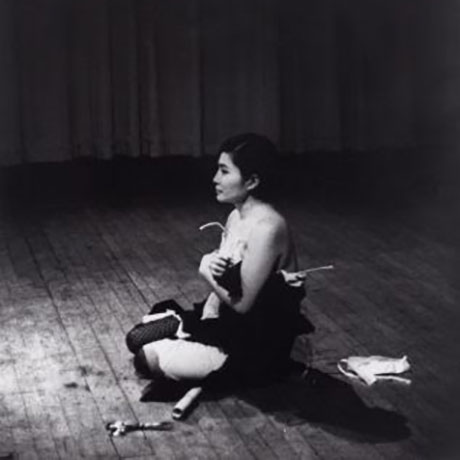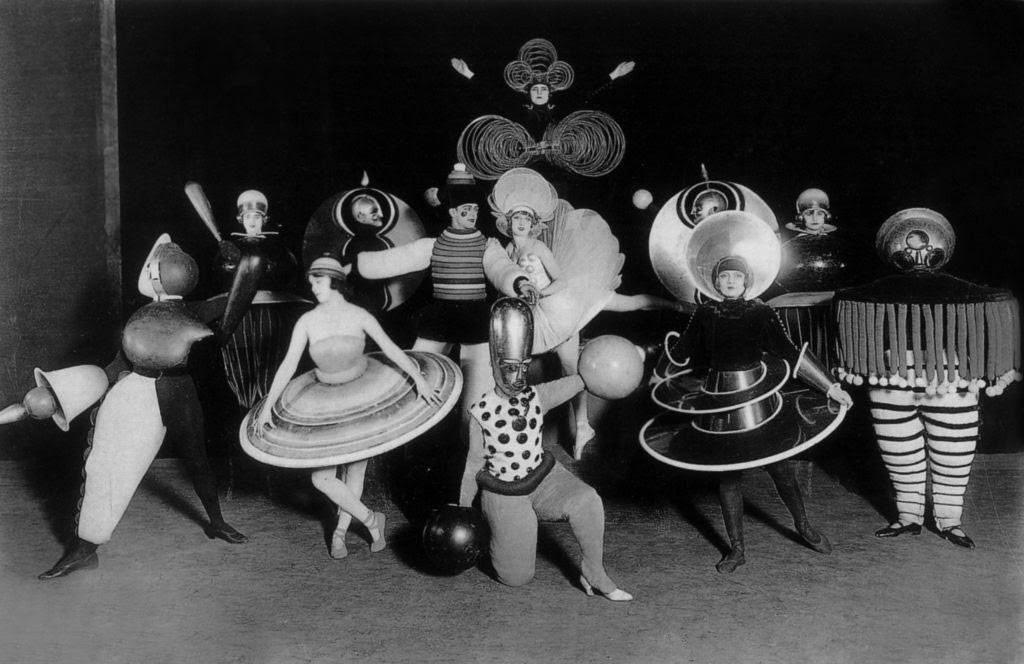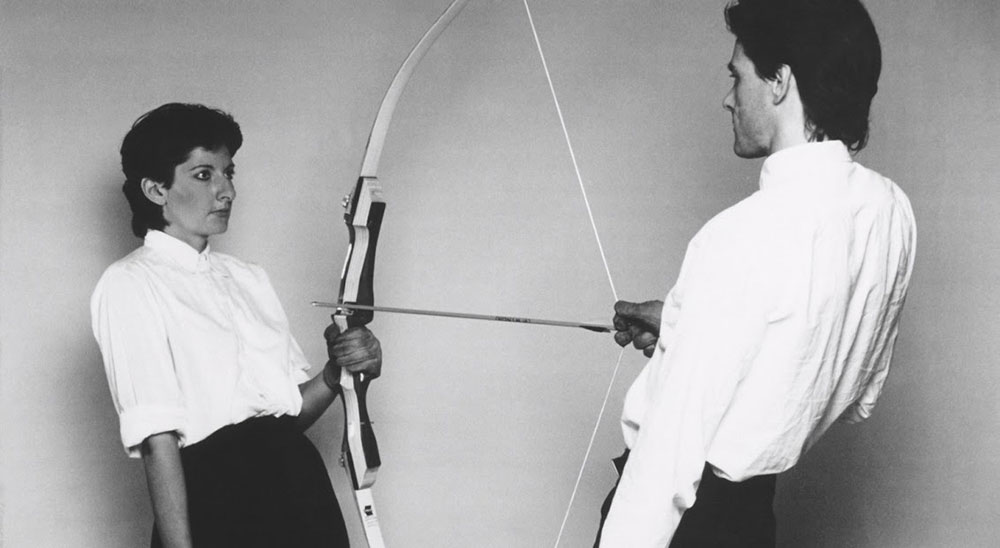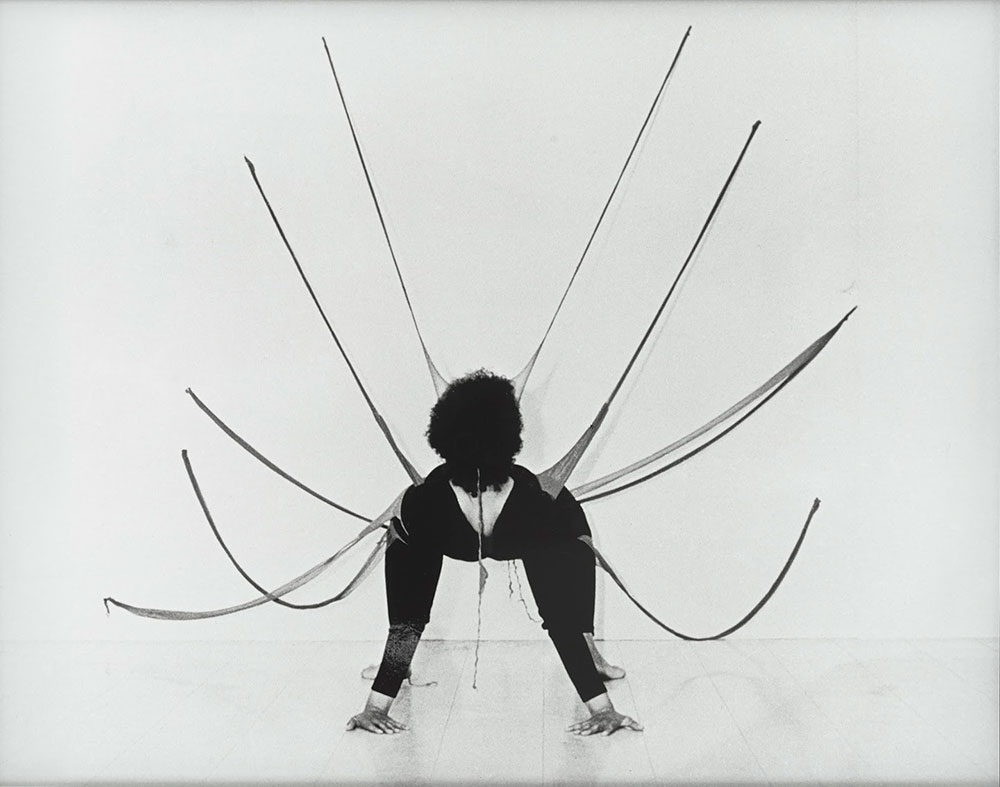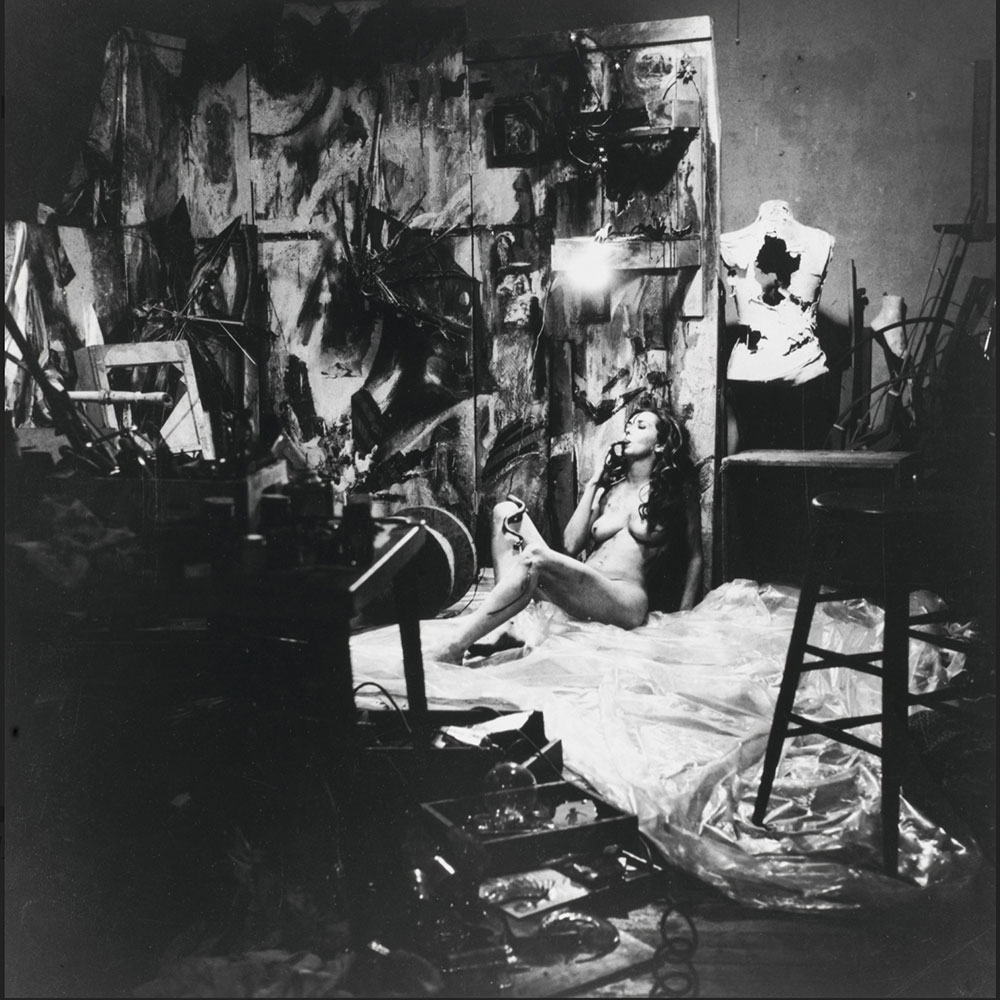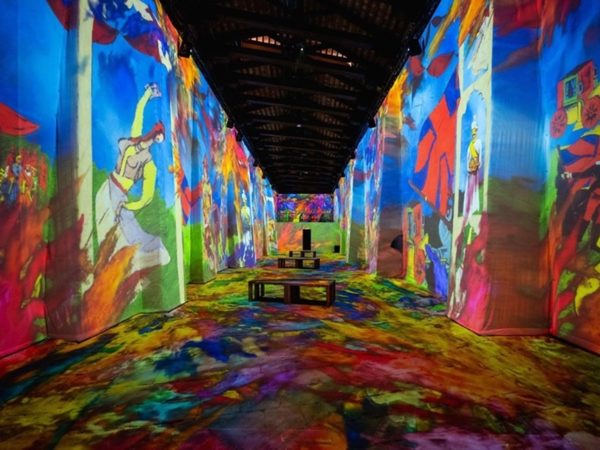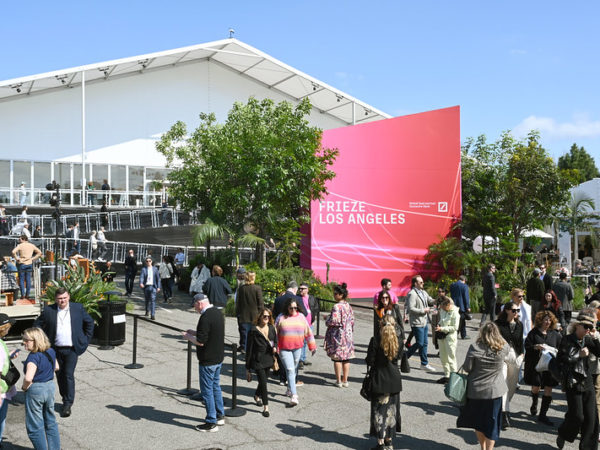PERFORMANCE ART – PAST AND PRESENT PART I
The story of performance art can be traced back to the story of human civilization. Humans have always tried to restore and conserve narratives of their clans, communities, tribes, etc through certain set of ritualistic practices. Language has always been at the forefront of it. The core function of language is it being performative. The performance art that I intend to discuss here is not as old as the human civilization but dates back to the 50’s and 60’s in Europe and America. What one understands as performance art today is actually multiplicities of artistic practices, events and movements that could be collectively understood as performance art.
The core of performance lies in actions that are performed by the artist or may be sometimes instructed by the artist to be performed by the viewer/participant. It is the interactive nature of performance that initiates dialogue between the maker and the viewer that often sets the passiveness of the viewer into an active participation. It is in the 1970’s that the term performance art began to be used widely. The performative nature of art that is visible today in contemporary art has its roots in the ‘postwar art.’ The catastrophic effect of WWII changed the course of human civilization that made artists responsive to the times they were/are inhabiting.
The course of the twentieth century witnessed a drastic shift in the way art was being thought of, produced and received. Artists began incorporating live actions into their work that were earlier part of theatre, ballet and opera. The Italian Futurists devised performances that were meant to disrupt the sacred, the sublime, the salons and the serious. The Dada artists embraced the absurd and the irrational. In 1916, Hugo Ball and his wife Emmy Hennings founded the Cabaret Voltaire in Zurich. The Bauhaus became the first institution to offer a specific performance class. Early surrealists like Antonin Artaud theorised the ‘theatre of cruelty’ that proposed a direct communication between the spectator and the spectacle, engulfing the spectator in the action.
Post WWII the Black Mountain College in the US became the influential spot of experimental interdisciplinary practice. Avant garde music composer John Cage conducted classes and put up experimental productions at the Black Mountain. Cage opened the limitations and borders between the various artistic forms. In an attempt to generate a new form of expression, Cage bought together elements of body art, audiovisual art, dance and poetry. Choreographer and dancer Merce Cunningham proposed that ordinary movements like walking and standing could be dance too.
It was John Cage’s influential teaching that set the cornerstone for later ‘happenings.’ Happenings were events created by the artists in the 50’s and the 60’s that emerged from the theatrical elements of Dada and Surrealism. They further paved their way ahead for the performance art. The name was first used by Allan Kaprow in the title of his work ‘18 Happenings in Six Parts’ which took place on six days in 1959.
The American abstract expressionism added another dimension to the understanding of the actions of the artists. Jackson Pollock known for his action paintings significantly altered the definition of paintings and the way they were made. He visiblised the embodied action within a painting. His work was a major shift in the making of paintings, bringing the canvas down to the floor from the easel, dripping and pouring paint utilising the physicality of the body to its fullest potential. Pollock’s act of painting demystified the artistic aura of the artist.
Simultaneously, in the year 1954, in Osakaby, in Japan an artist collective called Gutai was formed. The key artists involved in the formation of this collective were Yoshihara Jiro, Kanayma Akira, Murakami Saburo, Shirago Kazuo and Shozo Shimamoto. The actions of this collective were more destructive in nature that requires to be understood in relation to the atomic bombings in Japan. Shiraga’s ‘Challenge to the Mud’ remains the most celebrated event of the group. Murakami’s ‘Laceration of Paper’, in which he ran through a series of paper screens, till date remains one of the influential artwork.
Joseph Beuys formulated his theory of ‘social sculpture’ in the 70’s. According to Beuys, everything was art, every aspect of life could be approached aesthetically and everyone has the potential to be an artist. Beuys is one of the important postwar artists. He shifted the focus from artists as ‘object makers’ to artists as individuals with opinions and actions. He felt the need to construct a powerful aesthetics around his actions
Performance carved its existence in the turbulent 70’s. The civil rights movement and the second wave feminism made it very specific that ‘the body is political.’ Performance reassured that the black bodies, female bodies, queer bodies reclaimed, reasserted and represented themselves through multiples lenses. Artists like Senga Nengudi, Andy Warhol and Candy Darling, Valie Export, Carolee Schneemann, Ana Mendieta, Yoko Ono and Marina Abramović are some of the pioneers of performance art that we understand today.
In Cut Piece, Yoko Ono’s early performance piece, she sat on stage in her most favourite dress with a pair of scissors in front of her. The audience were instructed to cut a piece of the dress she was wearing with the pair of scissors. Cut Piece is also one of the early examples of participatory art. According to Yoko Ono, she wanted people to take away whatever they wanted to. It was a kind of criticism against artists who are always giving what they want to give.
Carolee Schneemann in her 1963 work ‘Eye Body’ photographed herself in her studio creating an environment with various objects like broken mirrors and dress mannequins. She made thirty six ‘transformative actions’, one action for each frame. She consciously chose to imprint herself into the work, wanting to reclaim the power of sensuality.
Text by Kuldeep Patil
Image Courtesy: Ernst Schneider, Estate of Fred W. McDarrah, Kanayama Akira and Tanaka Atsuko Association, Harmon Outlaw, Lenbachhaus Munich, KiCo Collection, Senga Nengudi, Estate of Carolee Schneemann. Courtesy of Galerie Lelong & Co., and P•P•O•W, New York
Find more about the Performance Art and the Artists:
https://news.artnet.com/exhibitions/triadic-ballet-bauhaus-1444630
https://www.moma.org/collection/works/associatedworks/173008?locale=de
https://hero-magazine.com/article/180525/marina-abramovic-hans-ulrich-obrist-serpentine/
https://www.mercecunningham.org/the-work/overview/
https://www.e-flux.com/announcements/257635/senga-nenguditopologies/
https://www.moma.org/learn/moma_learning/yoko-ono-cut-piece-1964/

